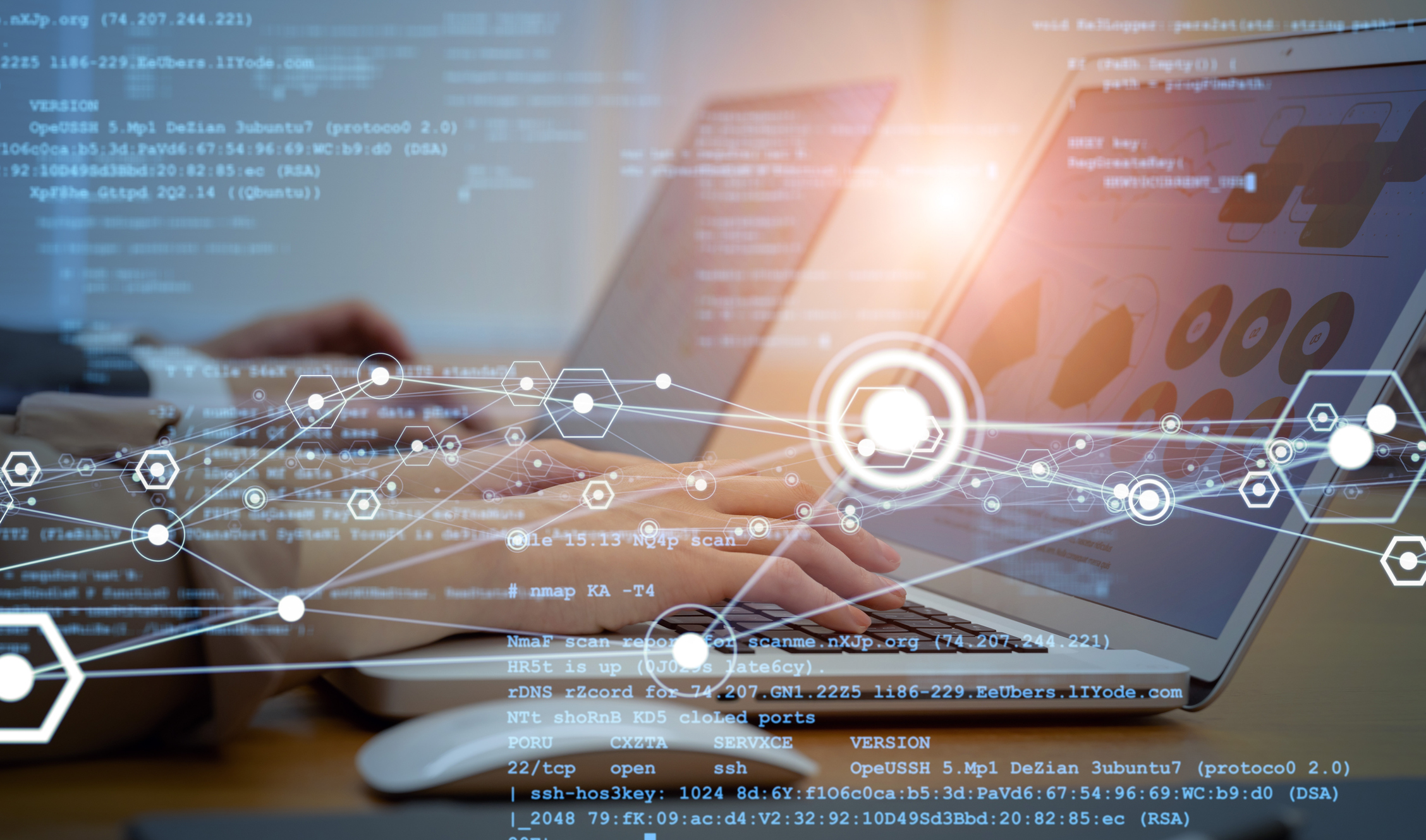Gain hands-on experience to pass the CompTIA IT Fundamentals exam with the CompTIA IT Fundamentals course and lab. The lab provides a hands-on learning experience in a safe and online environment. The CompTIA ITF+ study guide completely covers the FC0-U61 exam objectives and includes topics such as IT concepts and terminology; infrastructure, applications, and software; software development, database fundamentals and security.
Here’s what you will get
CompTIA IT Fundamentals certification is ideal for individuals and students looking for a career in IT as well as those in allied fields that require a broad understanding of IT. The certification is a stepping stone to more advanced certifications. The CompTIA ITF+ FC0-U61 exam validates the skills a candidate needs to have as a systems support specialist and leads you to a successful IT career.
Lessons 1: Introduction
- What Is the CompTIA IT Fundamentals Certification?
- Exam Objectives
Lessons 2: Core Hardware Components
- Introducing Internal Components
- Exploring Motherboards, Processors, and Memory
- Exploring Storage and Expansion Devices
- Exploring Power and Cooling
- Summary
- Exam Essentials
- Written Lab
Lessons 3: Peripherals and Connectors
- Understanding Common Peripherals, Interfaces, and Connectors
- Summary
- Exam Essentials
- Written Lab
Lessons 4: Computing Devices and the Internet of Things
- Exploring Common Computing Devices
- Understanding the Internet of Things
- Summary
- Exam Essentials
- Written Lab
Lessons 5: Operating Systems
- Operating System Fundamentals
- Managing an Operating System
- Summary
- Exam Essentials
- Written Lab
Lessons 6: Software Applications
- Understanding Application Architecture and Installation
- Exploring Common Application Types
- Summary
- Exam Essentials
- Written Lab
Lessons 7: Software Development
- Exploring Programming Languages
- Understanding Programming Concepts and Techniques
- Summary
- Exam Essentials
- Written Lab
Lessons 8: Database Fundamentals
- Understanding Databases
- Summary
- Exam Essentials
- Written Lab
Lessons 9: Networking Concepts and Technologies
- Exploring Connection Types and Features
- Understanding Network Connectivity Essentials
- Setting Up a Wireless Network
- Summary
- Exam Essentials
- Written Lab
Lessons 10: Security Concepts and Threats
- Understanding Hackers and Motives
- Understanding Security Threats
- Understanding Access Control
- Summary
- Exam Essentials
- Written Lab
Lessons 11: Security Best Practices
- Understanding Security Best Practices
- Summary
- Exam Essentials
- Written Lab
Lessons 12: Business Continuity and Computer Support
- Understanding Business Continuity
- Exploring Computer Support Concepts
- Summary
- Exam Essentials
- Written Lab
Hands-on LAB Activities (Performance Labs)
Core Hardware Components
- Identifying the Motherboard Form Factors
- Installing a Motherboard, Processor, and Processor Fan
- Identifying Motherboard Slots
- Installing PCIe Cards on the Motherboard
- Identifying Slots of a Motherboard
- Installing a PCI Sound Card
- Identifying Types of RAM
- Assessing Computer’s RAM and Virtual Memory
- Examining Hard Drives in Windows
- Connecting the Motherboard to the Internal Hard Disk
- Identifying Video Card Components
- Installing SMPS and Connecting it to the Motherboard
Peripherals and Connectors
- Configuring Mouse Properties
- Disabling a Touchpad
- Configuring Language in Windows
- Installing an IP Printer
- Identifying Printer Types
- Identifying a Daisy-Wheel Printer
- Connecting Speakers to a Computer
- Connecting a Keyboard, Mouse, and Monitor to a Computer
- Connecting a Monitor and Headset to a Computer
- Identifying Function Keys of a Keyboard
- Identifying Video Ports and Connectors
- Identifying Computer Power Supply Connectors
- Changing Screen Resolution
Computing Devices and the Internet of Things
- Replacing the Battery of a Smartphone and Inserting a Memory Card
- Identifying Features of a Laptop and Tablet
Operating Systems
- Defining Operating System Functions
- Creating a Shortcut
- Creating a Password-Protected User Account
- Creating a Standard User Account
- Viewing Driver Details
- Deleting a Partition
- Creating a New Volume
- Changing the System's Virtual Memory
- Running the Disk Cleanup Utility
- Configuring Windows User Account Control
- Creating a Task with Task Scheduler
- Manipulating Files
Software Applications
- Installing Operating System Features
- Uninstalling an Application
- Uninstalling and Reinstalling a Device Driver
- Disabling and Enabling a Device in Device Manager
- Rolling Back a Driver
- Updating a Driver
- Enabling Windows Update
- Installing 7-Zip
- Managing Cookies and Cache in Microsoft Edge
- Configuring the Edge Pop-Up Blocker
- Downloading and Installing the Adobe Acrobat Reader
- Using 7-Zip to Create an Archive
- Running Antivirus
- Turning on Windows Firewall
- Setting Up a DMZ on a SOHO Router
Software Development
- Converting a Decimal Number to Binary
- Creating “Hello, world!” in HTML
- Understanding Data Types
Database Fundamentals
- Deleting a Table
- Creating a Database and a Table
- Importing Data from Excel to Access
Networking Concepts and Technologies
- Obtaining Automatic Private IP Addressing
- Configuring Automatic Private IP Addressing
- Accessing the Windows 10 Wireless Properties
- Connecting a Wireless Router to a Laptop
- Configuring Windows 10 Wireless Settings
- Configuring a Wireless Client
- Configuring a DHCP Role with Error Notification
Security Concepts and Threats
- Creating a DoS Attack Scenario
- Identifying the Denial of Service Attack
- Understanding Single Sign-On
Security Best Practices
- Applying a Screen Saver
- Backing Up a Windows Security Certificate
- Starting and Stopping a Service
Business Continuity and Computer Support
- Backing Up Files
- Restoring Files
- Booting Into Safe Mode
- Creating a Restore Point
- Restoring a Restore Point
- Running an Application in Compatibility Mode
- Using the System Configuration Utility
- Creating a Desktop Shortcut for MSConfig
Exam FAQs
There are no technical prerequisites for this certification.
GBP £150
Pearson VUE
Multiple choice questions
Summary
 Standard:
Standard:
CompTIA IT Fundamentals
 Lessons:
Lessons:
12+ Lessons
 Delivery Method:
Delivery Method:
Online
 Language:
Language:
English

